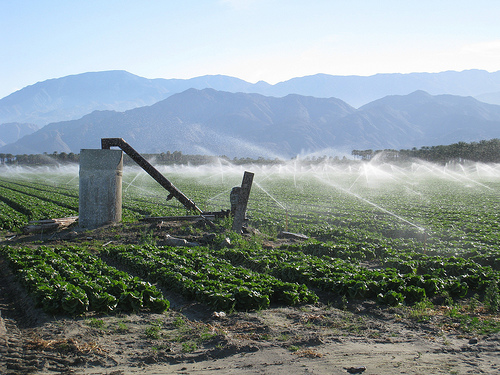“Air pollution is especially dangerous to children because their lungs are still growing.”
I heard those words earlier this week while listening to the Senate Environment and Public Works’ subcommittee hearing entitled “Air Quality and Children’s Health.” They were from Dr. Dona Upson of the American Lung Association in New Mexico, and though I’ve heard them before, every time they’re repeated I think of my daughter.
Little Hazel is only 13 months old, and I would be devastated to see her get asthma. Unfortunately, because of the massive air pollution from coal plants and cars, millions of parents across the nation are coping with their children’s asthma. Asthma strikes one out of every 10 school children and is the number one illness that causes kids to miss school in the United States.
Asthma is such a problem in our country that the Environmental Protection Agency (EPA) is holding a National Asthma Forum, which starts today in Washington, D.C.
Even Environmental Protection Agency Administrator Lisa Jackson is affected by asthma. “As the mother of a child with asthma, I am personally reminded each day of the urgent need to address the harmful pollutants that can trigger attacks,” she said in a news release today about the agency honoring organizations that are fighting asthma.
We can all fight back against the polluters who are dirtying our air and hurting our lungs. Our communities are paying for the costs of smog and other air pollution with all these health problems. Study after study shows that to protect public health, we need to significantly lower the amount of smog and soot in our air — and that means cleaning up dirty coal plants and vehicle pollution.
The Clean Air Act requires the EPA to re-examine safeguards for common air pollutants, including soot and smog, every five years and to set a primary standard (to protect public health) and a secondary standard (to protect the environment) safeguards for common air pollutants, including smog.
Strong smog and soot safeguards from EPA will help ensure that all major sources of pollution get cleaned up, protect public health, drive the need for cities and states to reduce the soot and smog pollution from their polluting coal plants and busy highways.
With stronger pollution standards, our kids can breathe easier. We need the EPA to take the lead and utilize the Clean Air Act. I’ll close with another great quote from Dr. Upson in yesterday’s hearing:
“The Clean Air Act has a proven record of keeping people healthy.”



